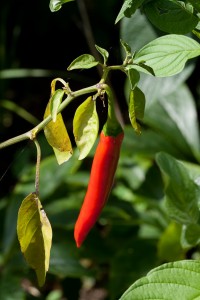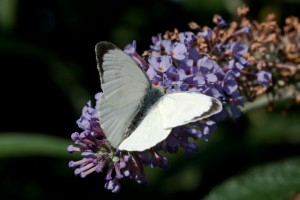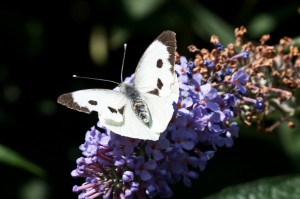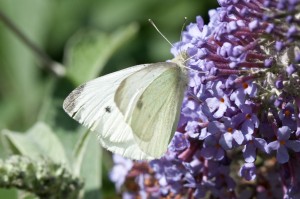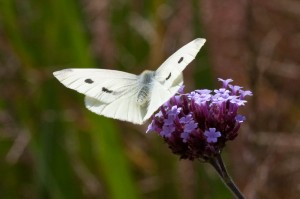Eagle Owls (Bubo Bubo) are certainly impressive creatures, their six foot wingspan making them the largest owl in the world. They breed in many parts of mainland Europe and have reared young in the UK with intermittent success.
The latest copy of British Wildlife magazine popped through my letterbox yesterday with a feature article about these owls and a debate about the consequences of reintroduction. This is where a problem lies, these are not birds that have naturally bred here for more than 2000 years, if, they ever did. Why then, would anyone want to reintroduce them? It is not the same as reintroducing cranes or beavers, creatures that were native and doing very well until we killed them all for food or hats or other such essentials. These are birds that have never played a part in the food chain in the UK.
So, is there a problem with introducing them and how have they got here in the first place? To answer the second question first, the pairs breeding in the UK are thought to be escapees from captivity (one female has successfully reared 23 chicks in Yorkshire). According to the magazine article, there are over 3000 Eagle Owls in captivity in the UK, but they don’t need to be registered with at least 80, but probably many more, that are unaccounted for. To me, that is quite worrying, these are a top predator, and we don’t know how many there are or where they are. Equally worrying is the speculation that the breeding pairs may have been purposefully released in order to establish a wild population in the UK, however well-intentioned, there are too many unknowns in such a course of action.
The problem with having them loose in the countryside is that although they have a varied diet and tend to live mainly on rabbits, with which I am sure most people would agree we are amply supplied, they also predate other birds of prey and have prevented successful nesting of native birds such as peregrines and the rather rare (and recently showcased on Springwatch) Goshawk. The Eagle Owl also needs quite a large territory, I am not sure how many of those are available in the overcrowded UK, probably not enough to support a viable population, is it fair to release birds that don’t have much chance of surviving for more than a generation or two?
Then there is the press to contend with. No matter how you feel about such things, headlines such as the Telegraph’s 2008 “Eagle Owl terrorising village’s pets and children” does not do any good at all and may lead to someone going out with a gun and shooting the poor bird. (For the record the bird was an escapee, with jesses still attached, which was probably used to being around people, and as far as I can tell had not gone near anyone’s pets but had tried to land on a small child.)
But, is the debate a little late? If the birds have been successfully breeding in several areas of the UK for the last couple of decades, the latest being in the Forest of Bowland in Lancashire where they have successfully reared chicks for the last couple of years, are they already here and likely to stay? Whilst I don’t want to see the release of flora and fauna that have never been native, I would hate to see them hunted down just because of a perceived threat. I would like to see more responsibility from the people that own these creatures in captivity and a little thought to go into their actions and their likely consequences.
